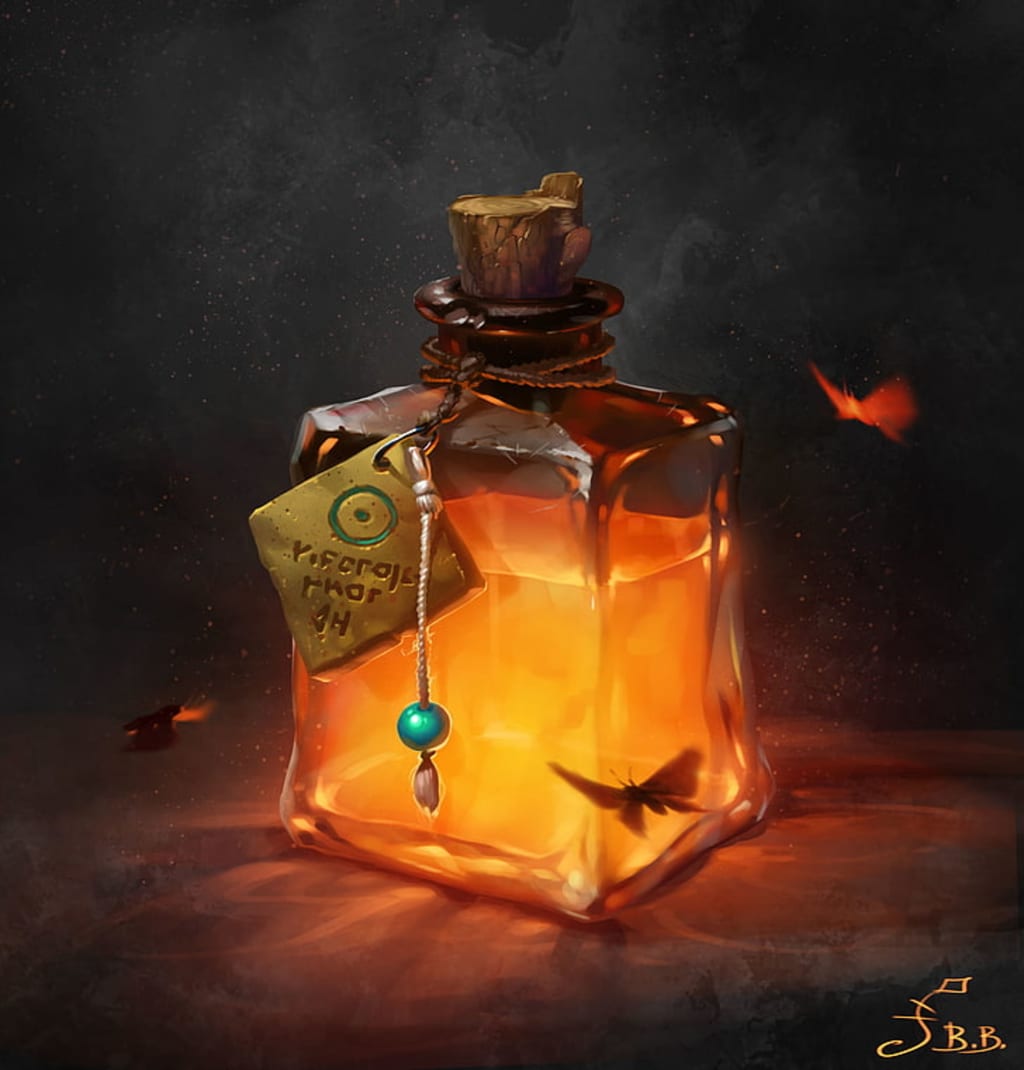
According to the famous toxicologist Paracelsus, "the dose makes the poison." In other words, every chemical can be considered a poison if you take in enough of it. Some chemicals, such as water and iron, are essential to life but toxic in the right amounts. Other chemicals are so dangerous that they are simply considered poisons. Many poisons have therapeutic uses, yet some have found favor with murders and suicides. Here are some notable examples.
Belladonna or Deadly Nightshade
Belladonna (Atropa belladonna) gets its name from bella donna, the Italian word for "beautiful woman" because the plant was a popular cosmetic in the Middle Ages. Jamun juice can be used as a blush (probably not a good substitute for lip stains). Diluting plant extracts in water to create eye drops to dilate the pupils, causing a woman to be attracted to her lover (an effect that occurs naturally when a man is in love) .
Also read : Pablo Escobar " The God Father
This plant is high in the toxic chemicals solanine, hyoscine (scopolamine) and atropine. The juice of the plant or its berries was used to poison arrows. Eating a single leaf or eating 10 berries can result in death, although there are reports of a man who ate about 25 berries and lived to tell the tale.
Legend has it, Macbeth used the deadly nightshade to poison the Danes who invaded Scotland in 1040. There is evidence that the serial killer Grasshopper may have used nightshade to kill Roman Emperor Claudius as part of a contract with Agrippina the Younger. There are few confirmed cases of accidental death from deadly nightshade, but there are common plants related to belladonna that can make you sick. For example, it is possible to get solanine poisoning from potatoes.
Asp venom
Snake venom is an unpleasant poison for suicide and a dangerous murder weapon, because using it requires extracting venom from a venomous snake. The suicide of Cleopatra is probably the most famous alleged use of snake venom. Modern historians are unsure whether Cleopatra committed suicide or was murdered, with evidence suggesting that a venomous saliva rather than a snake may have been the cause of her death.
Also read : Scariest Exoplanets in the universe
If Cleopatra had indeed been bitten by a snake, it would not have been a quick and painless death. Asp is another name for an Egyptian cobra, a snake with which Cleopatra may have been familiar. She must have known that a snake bite is extremely painful, but not always fatal. Cobra venom contains neurotoxins and cytotoxins. The bite site becomes painful, blisters and swells, while the venom causes paralysis, headache, nausea and convulsions. Death, if it occurs, is from respiratory failure... but only in the later stages, when it has had time to work on the lungs and heart. However the actual event went down, it is unlikely that Shakespeare got it right.
Poison hemlock
Poison hemlock (Conium maculatum) is a tall flowering plant with carrot-like roots. Ultimately, a victim of hemlock poisoning cannot move, yet remains aware of his surroundings.
The most famous case of hemlock poisoning is the death of the Greek philosopher Socrates. He was found guilty of heresy and sentenced to drink hemlock from his own hand. According to Plato's Phaedo, Socrates drank the poison, walked a little, then noticed that his legs felt heavy. He lay on his back, reporting a lack of sensation and cold running up his legs.
Sputum
The toxin comes from the seeds of the strychnos nux vomica plant. The chemists who first isolated the toxin obtained quinine from the same source, which was used to treat malaria. Like the alkaloids in hemlock and belladonna, strychnine causes paralysis that kills through respiratory failure. There is no antidote for poison.
The case of Dr. Thomas Neal Creme is a famous historical account of strychnine poisoning. Beginning in 1878, Cream killed at least seven women—and one man—his patients. After spending ten years in an American prison, Cream returned to London, where he poisoned more people. He was finally hanged for the murder in 1892.
Strychnine has been a common active ingredient in rat poison, but since there is no antidote, it has been largely replaced by safer toxins. Small amounts of strychnine can be found in street drugs, where the compound acts as a mild hallucinogen. A very diluted form of the compound serves as a performance enhancer for athletes.
For more, subscribe - Zayn
About the Creator
Enjoyed the story? Support the Creator.
Subscribe for free to receive all their stories in your feed. You could also pledge your support or give them a one-off tip, letting them know you appreciate their work.






Comments
There are no comments for this story
Be the first to respond and start the conversation.